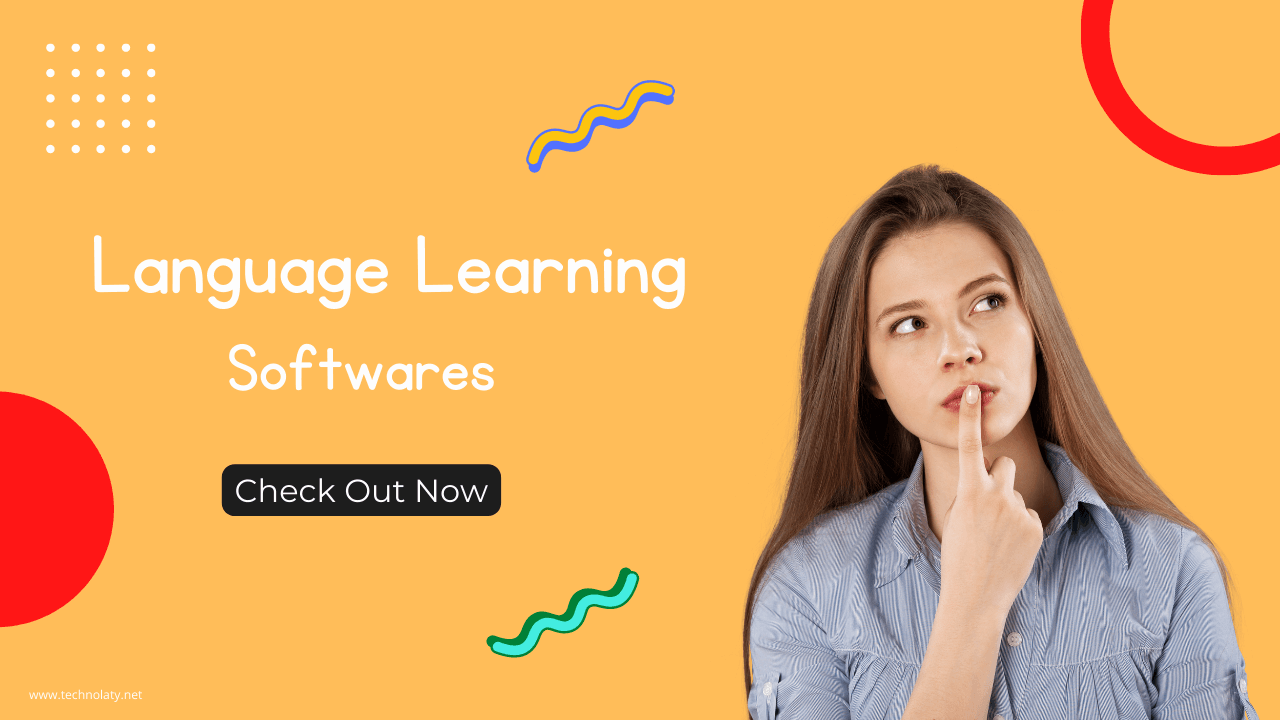Opinions vary widely on the best approach to learning a new language. The tools available for language learning have expanded significantly, ranging from traditional methods like classrooms and textbooks to modern digital solutions like language exchange programs and software. The best method for you depends on your goals, learning style, and available resources.
This guide will explore some of the most effective language-learning methods and highlight their benefits. We will also review some of the top language-learning software in 2024 to help you find the right resource for your needs.
Traditional Methods: A Solid Foundation
- Classroom Learning
- Pros: Structured environment, direct interaction with teachers and peers, comprehensive curriculum.
- Cons: It can be expensive and time-consuming and has limited flexibility.
- Textbooks and Workbooks
- Pros: In-depth explanations, exercises for practice, good for grammar and vocabulary.
- Cons: It may lack interactive elements and be dry and less engaging.
- Language Exchange Programs
- Pros: Real-life practice with native speakers and cultural exchange are often free.
- Cons: It may require scheduling and commitment but is not always structured.
Language Learning Software: Modern Solutions
In recent years, language learning software has gained popularity due to its flexibility, interactive elements, and affordability. Here are some of the top language learning programs in 2024:
1. Babbel
- Languages Offered: 13 languages.
- Pros: User-friendly interface, bite-sized lessons (15 minutes), affordable.
- Cons: May not be advanced enough for higher-level learners.
- Best For: Beginners and intermediate learners seeking an affordable, structured learning experience.
2. Duolingo
- Languages Offered: Wide variety, including less common languages like Klingon.
- Pros: Free, gamified learning experience, mobile-friendly.
- Cons: Pronunciation may not always be accurate, and advanced content may be limited.
- Best For: Casual learners or those looking for a free and fun way to start learning a new language.
3. Deepl
- Languages Offered: 26 languages.
- Pros: Accurate translations, supports multiple file types, offers alternatives and dictionaries.
- Cons: It is not a full-fledged language learning platform; it is more of a translation tool.
- Best For Learners who need help with translations and formal/informal language distinctions.
4. Mindsnacks
- Languages Offered: 7 languages.
- Pros: Fun and engaging games, track progress, good for vocabulary and grammar practice.
- Cons: Limited number of languages, may not cover advanced topics.
- Best For: Gamified learning and younger learners who prefer a playful approach.
5. Busuu
- Languages Offered: 12 languages.
- Pros: Engages native speakers, offers topical lessons, and offers real-time chat with native speakers.
- Cons: Most features require a paid subscription and are less interactive than some competitors.
- Best For Learners who want a more immersive experience with native speaker involvement and structured courses.
Choosing the Right Language Learning Software
When selecting language learning software, consider the following factors:
- Real-Life Scenarios: Look for programs that teach language expressions relevant to everyday situations. This helps learners apply what they’ve learned in real conversations.
- Integrated Learning Ecosystem: Choose software that allows for content teaching, assignments, exams, and progress tracking. This is particularly important for structured learning environments.
- Engaging Activities: The best language learning software includes interactive activities like games, quizzes, and virtual rewards to motivate learners.
- Real-Time Reporting: Progress tracking is crucial for identifying strengths and weaknesses. Look for programs that provide feedback and insights into your progress.
- Speech Recognition: Practicing speaking is essential. Choose software with speech recognition features that analyze pronunciation and offer feedback.
Conclusion
There is no one-size-fits-all solution for language learning. The best method for you will depend on your personal goals, learning style, and resources. Traditional methods like classroom learning and textbooks can provide a solid foundation, while modern language learning software offers flexibility, interactivity, and engagement.
Whether you choose Babbel for its structured lessons, Duolingo for its gamified approach, or Busuu for its native-speaker interaction, the key is to stay consistent and motivated. You can achieve fluency in a new language with the right tools and dedication.
